Planning for Your Breast Lift With Implants Recovery
Undergoing breast augmentation mastopexy, commonly known as a breast lift with implants surgery, marks an exciting step toward enhancing your self-confidence and achieving your desired aesthetic goals.
Naturally, a smooth and comfortable recovery is crucial to your overall healing experience. It is our goal to get you in and out of surgery with as little pain and discomfort as possible. Moreover, after your implant and breast lift surgery, we want to get you back to your normal routine as quickly as possible.
The good news is, breast lift recovery and breast augmentation recovery are both relatively simple recoveries. There will be some discomfort, but it should be minimal. And you should be back to your daily activities very soon.
Below, we’ll walk you through essential steps to plan and manage your recovery.
What to Expect After Breast Lift With Implants Surgery
Everyone’s breast lift with implants recovery timeline will be different. But some facts are pretty much universal. Here are some things to know about what you can expect post-implant and breast lift procedure:
Typical Breast Lift With Implants Recovery Timeline
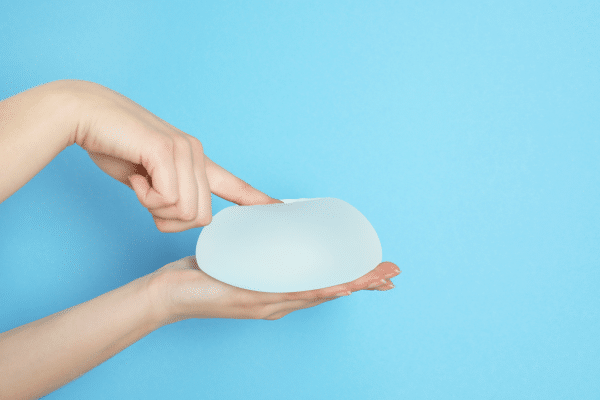
This gradual timeline allows your body to heal properly and minimize the risk of complications.
Discomfort and Pain
Experiencing discomfort and pain is a common aspect of the recovery process. However, it’s worth noting that the level of pain varies from person to person. Your surgeon will prescribe pain medication to manage any discomfort you might experience during the initial days.
Complemented by proper post-operative care and adherence to guidelines, this proactive approach ensures a more comfortable recovery journey.
Returning to Work and Daily Activities
After about a week, patients can typically return to light activities that don’t strain the chest area. While you might be able to engage in daily routines and sedentary tasks, it’s important to avoid strenuous activities during this initial phase. As your body heals, you can gradually reintegrate more vigorous activities over the course of 4 to 6 weeks, fostering a steady return to your normal routine.
Scarring Post-Surgery
Scarring is a natural part of any surgical procedure, including breast lift with implants. Furthermore, the breast skin can be very delicate, which means it tends to scar easily.
With that said, your surgeon will play a pivotal role in minimizing the visibility of breast lift with implants scars. Additionally, your surgeon will provide scar care instructions that include proper wound care, use of silicone scar gels, and possibly silicone sheets.
While complete elimination of scars is not possible, diligent adherence to these guidelines can lead to significantly improved scar appearance over time, allowing you to confidently embrace your enhanced results.
7 Steps to Planning for Your Breast Lift With Breast Implants Recovery
1. Prepare Your Recovery Space
Before your surgery, it’s important to create a comfortable and restful environment for your recovery. Set up a cozy space in your home with extra pillows, blankets, and items you may need within arm’s reach.
Ensure you have easy access to entertainment, books, or any other activities that can help pass the time during your recovery period. Remember that you won’t be able to do any heavy lifting.
2. Arrange for Assistance
During the initial days of your recovery, you might need some assistance with daily tasks. Enlist the help of a family member or friend to provide support, especially during the first 48 hours.
Having someone around to help with cooking, household chores, adjusting your surgical bra, running to the store, or any other immediate needs will alleviate stress and allow you to focus on healing.
3. Follow Post-Operative Instructions Diligently
Your plastic surgeon will provide you with specific post-operative instructions tailored to your unique situation. Follow these instructions diligently, including guidelines for medication, dressing changes, and showering. These instructions are designed to minimize complications and promote a smooth recovery.
4. Manage Pain and Discomfort
Some discomfort is natural after breast augmentation mastopexy surgery. Your surgeon will likely prescribe pain medication to help manage any discomfort. Take the prescribed medications as directed and report any unusual or severe pain to your surgeon.
5. Focus on Nutrition and Hydration
Maintaining a balanced diet and staying hydrated are crucial aspects of your recovery. Nutrient-rich foods aid in repairing the breast tissue, while adequate hydration supports your body’s functions. Include foods rich in vitamins, minerals, and protein to encourage optimal recovery.
6. Gradual Return to Physical Activities
While resting is important, light movement is encouraged to prevent stiffness and promote blood circulation. Engage in short walks around your home to avoid complications associated with prolonged inactivity. At the same time, it’s vital to avoid any strenuous exercises or activities until your surgeon gives you the green light.
7. Follow Up with Your Surgeon
Your post-operative appointments are essential to monitor your progress and ensure your recovery is on track. Attend all follow-up appointments as scheduled, and don’t hesitate to ask any questions or address concerns you might have during these visits.
FAQ: Breast Lift With Implants Recovery Time
Are there any restrictions on movement or sleeping positions during recovery?
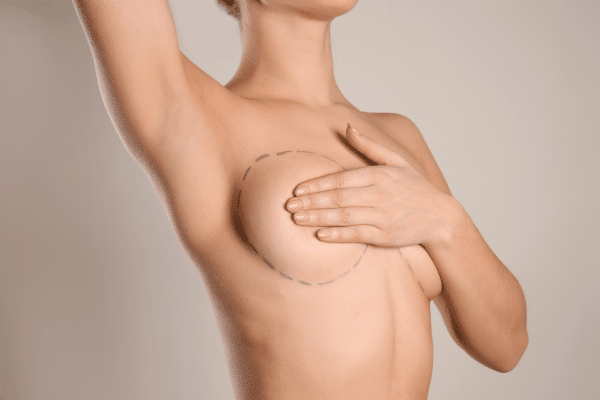
How long is recovery for breast lift with implants?
This depends on the individual. Most patients can return to light activities and work after a week. After several months, exercise can be reintegrated. And full results may not appear until the six-month mark or longer.
Can I shower after the surgery?
Your surgeon will provide guidelines; usually, showers are permitted after the first few days, but you’ll need to avoid getting incisions wet initially.
What’s the recommended follow-up schedule after the surgery?
Follow-up appointments are crucial to monitor healing. Generally, patients have appointments within the first week, after a month, and periodically afterward.
When will I see the final results of my breast lift with implants?
While initial results are visible after a few weeks, it may take several months for swelling to fully subside and the final outcome to emerge.
How much does breast lift with implants cost?
The cost of a breast lift with implants varies depending on factors such as location, surgeon experience, and the specific surgical approach. On average, the procedure will encompass surgical fees, facility costs, anesthesia, and post-operative care.
What if I have concerns or questions during my recovery?
Reach out to your surgeon’s office. Clear communication ensures any issues are addressed promptly, easing your recovery journey.
Book a Consultation Appointment Today
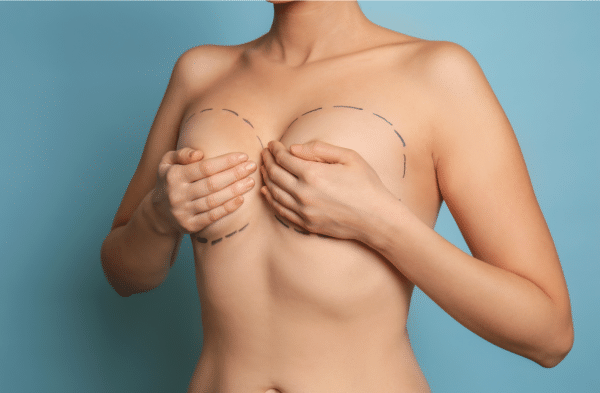
New patients can book a consultation appointment where we will go over your goals, run through your medical history, take a look at some breast lift with implants before and after photos, and create a plan of action.
Come into your appointment with an open mind. Some patients who think they want more breast volume actually need a lift. And some patients who think they need a breast reduction would actually benefit from a breast lift vs breast reduction.
By meticulously planning your plastic surgery recovery, following your surgeon’s guidelines closely, and prioritizing self-care, you’re taking vital steps toward achieving the best possible outcome after breast implant and lift surgery.
Remember, your patience and commitment to the recovery process will ultimately lead to a rejuvenated you, ready to embrace the positive changes that lie ahead!
References
https://www.plasticsurgery.org/news/articles/what-to-expect-after-your-breast-augmentation-surgery



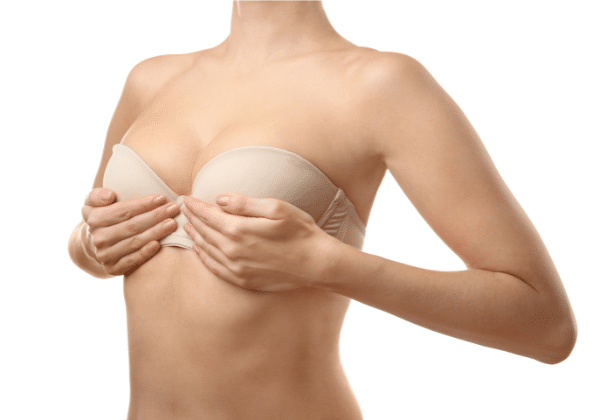 The level of discomfort associated with breast implant removal is generally mild and similar to that of breast augmentation. Still, it varies from person to person and can sometimes be slightly more uncomfortable if you have extensive scar tissue (capsular contracture).
The level of discomfort associated with breast implant removal is generally mild and similar to that of breast augmentation. Still, it varies from person to person and can sometimes be slightly more uncomfortable if you have extensive scar tissue (capsular contracture).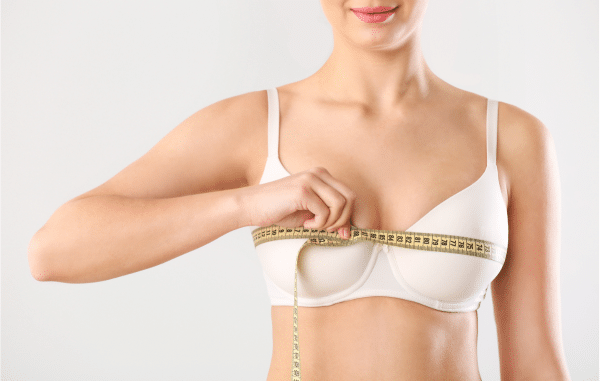 What is the recovery process like after breast implant removal?
What is the recovery process like after breast implant removal? Your journey toward renewed comfort and confidence begins with a consultation appointment.
Your journey toward renewed comfort and confidence begins with a consultation appointment.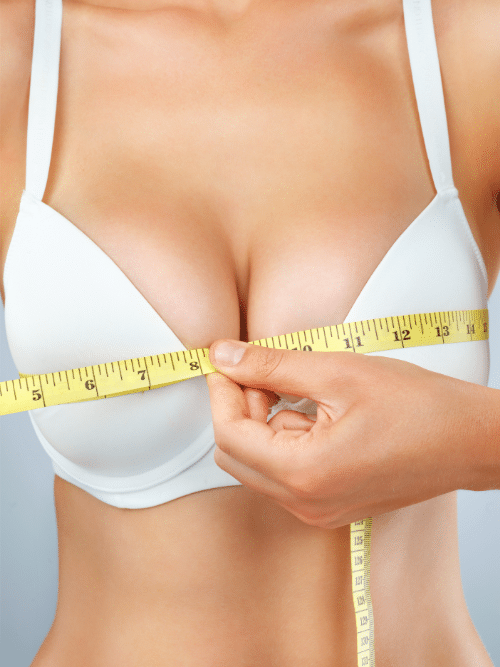 If you would like a modest increase in the size of your breasts, you’d be a good candidate for fat transfer of the breast, however, your breasts need to already have good skin tone and a nice shape. Breast fat grafting is a procedure that works outstandingly well for many patients with the right patient profile.
If you would like a modest increase in the size of your breasts, you’d be a good candidate for fat transfer of the breast, however, your breasts need to already have good skin tone and a nice shape. Breast fat grafting is a procedure that works outstandingly well for many patients with the right patient profile.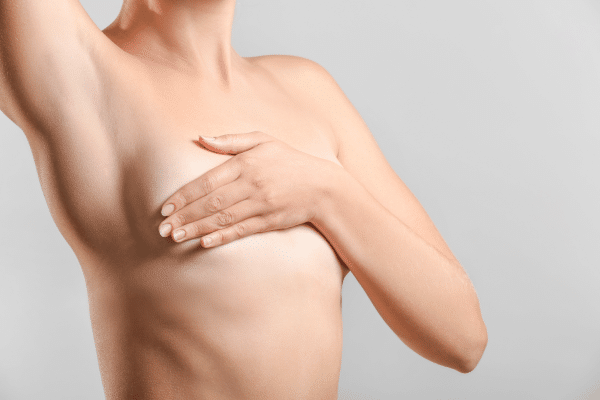 Many individuals looking for a more rounded, fuller buttock will choose a “Brazilian butt lift” that uses fat transfer for providing patients a more curvaceous buttock but without any implant use.
Many individuals looking for a more rounded, fuller buttock will choose a “Brazilian butt lift” that uses fat transfer for providing patients a more curvaceous buttock but without any implant use. 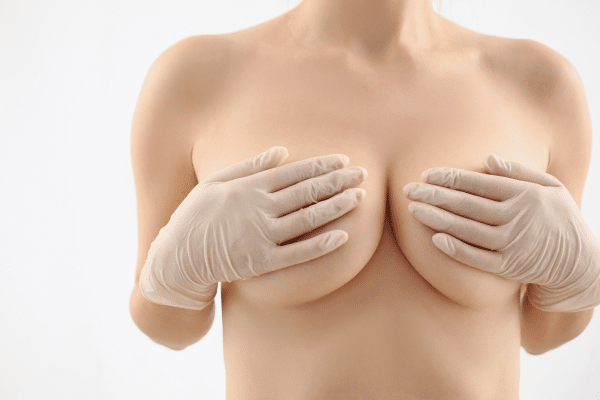 To find out more about a fat transfer with San Francisco Cosmetic Surgeon Dr. Sieber, call us today at: 415-915-9000 or schedule a consultation here.
To find out more about a fat transfer with San Francisco Cosmetic Surgeon Dr. Sieber, call us today at: 415-915-9000 or schedule a consultation here.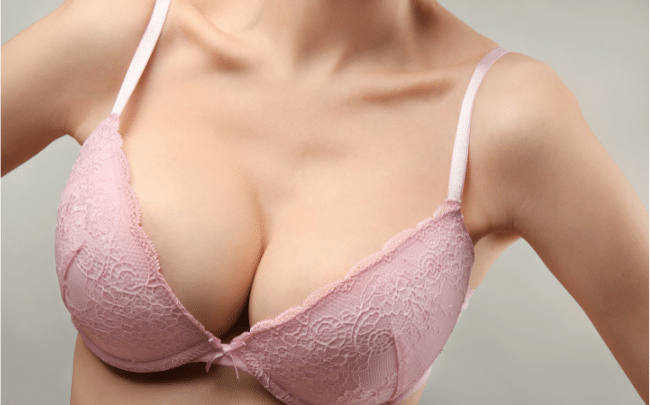 The best way to have a successful outcome after a breast augmentation that uses the fat transfer method is to plan ahead. As soon as you have met with Dr. Sieber for your consultation appointment and been cleared for surgery, you’ll book your procedure date.
The best way to have a successful outcome after a breast augmentation that uses the fat transfer method is to plan ahead. As soon as you have met with Dr. Sieber for your consultation appointment and been cleared for surgery, you’ll book your procedure date.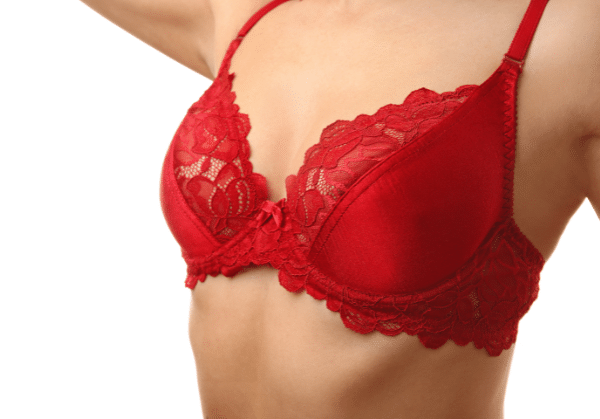 Lastly, don’t be afraid to ask for help after surgery. You will, of course, need someone there at the surgical facility directly after your procedure to take you home. You won’t be able to drive yourself.
Lastly, don’t be afraid to ask for help after surgery. You will, of course, need someone there at the surgical facility directly after your procedure to take you home. You won’t be able to drive yourself.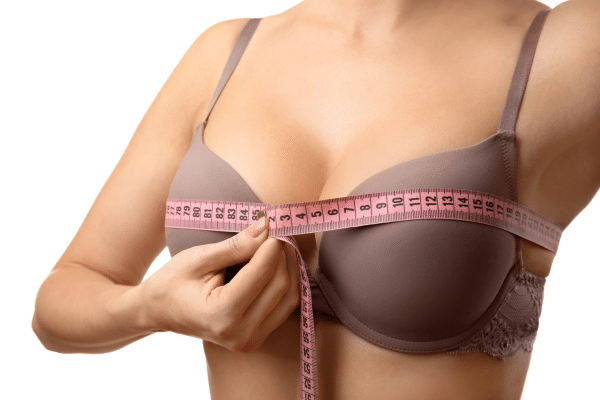 Dr. David Sieber is one of the few double board-certified
Dr. David Sieber is one of the few double board-certified 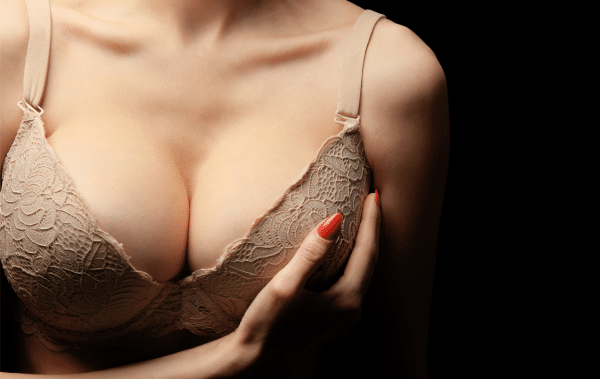 One of the fat transfer risks that come with breast augmentation is fat reabsorption. This occurs when your surgeon transfers fat cells from other parts of your body to your breasts, but they don’t adhere to the new location.
One of the fat transfer risks that come with breast augmentation is fat reabsorption. This occurs when your surgeon transfers fat cells from other parts of your body to your breasts, but they don’t adhere to the new location.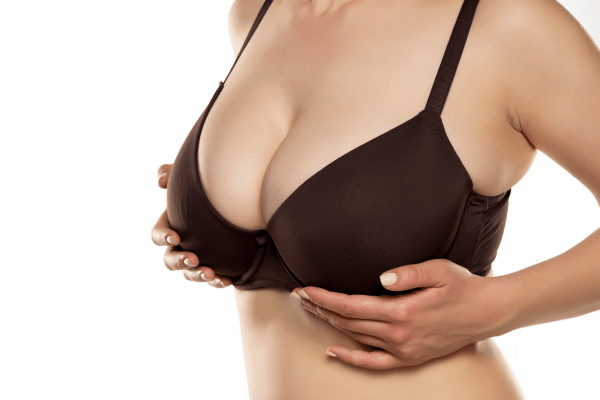 Most patients opt for a fat transfer procedure because they want a natural outcome instead of very noticeably bigger breasts — as may occur with implants.
Most patients opt for a fat transfer procedure because they want a natural outcome instead of very noticeably bigger breasts — as may occur with implants. Overall, the
Overall, the 